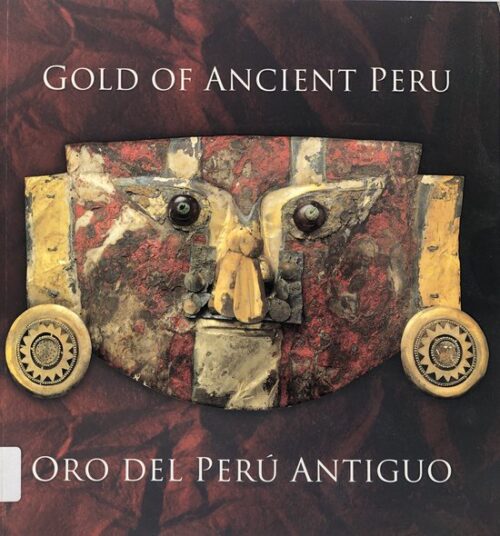Beschrijving
The monograph reviews how major chemical warfare agents behave and break down in natural environments, and it distinguishes between passive environmental degradation processes (hydrolysis, oxidation, photolysis, adsorption to soils and sediments) and deliberate detoxification efforts. It frames natural degradation as a key factor for assessing the likely consequences of an incident involving chemical agents, because environmental fate determines persistence, exposure pathways and long-term risk. A central portion of the work surveys decontamination — the deliberate methods, materials and operational approaches used to render agents harmless or to remove them from people, equipment and terrain. Rather than providing technical protocols, the book evaluates classes of decontamination measures (physical removal, chemical neutralants, adsorption/filtration) and discusses their practical limits, especially when applied under combat conditions or within civilian urban settings where time, resources and collateral effects constrain options. The author emphasizes that effectiveness must be judged not only chemically but also operationally. Throughout, Trapp flags important uncertainties and knowledge gaps: variability in environmental conditions, incomplete data on breakdown products and their toxicity, and the difficulty of extrapolating laboratory results to field situations. The book therefore concludes with a call for cautious, multidisciplinary assessment when estimating consequences of CWA release and for continuing research into both environmentally benign detoxification approaches and realistic decontamination planning for military and civilian responders.







Beoordelingen
Er zijn nog geen beoordelingen.